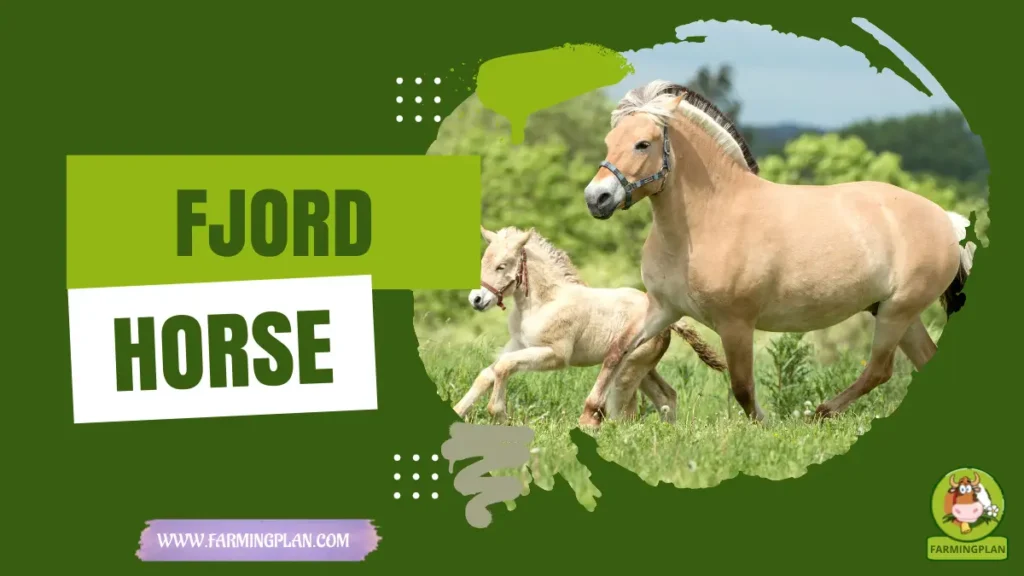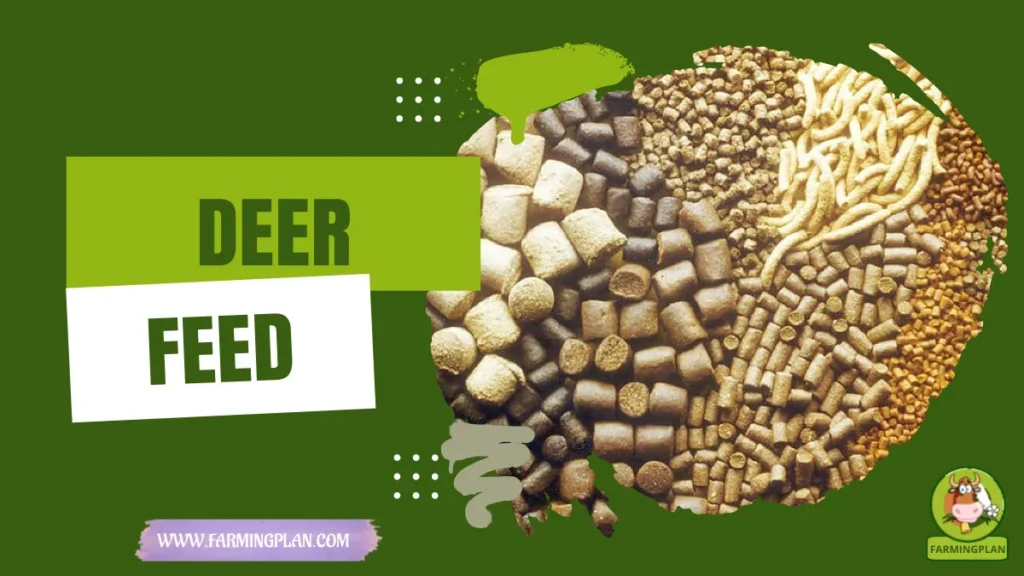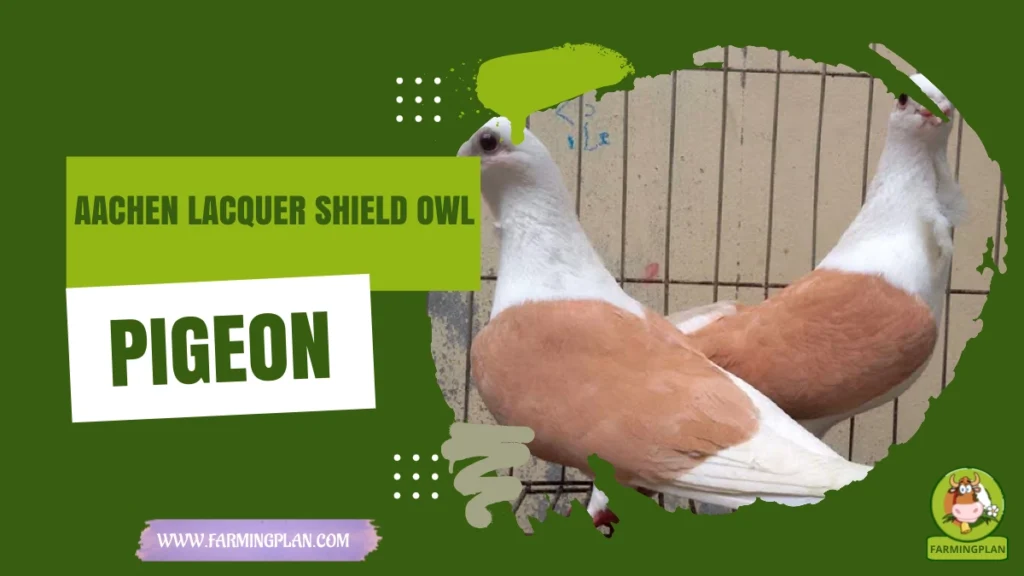If you’re looking for a tough, lovable farm buddy who looks like it galloped right out of a Viking saga, let me introduce you to the Fjord Horse. These incredible animals aren’t just charming—they’re hardworking, smart, and downright adorable with their cream-colored coats and two-toned manes. As a lifelong farmer, I’ve worked with many horse breeds, but the Fjord Horse has a special place in my heart. They’re small but mighty, built like tiny tanks, and have the kind of temperament that makes them ideal for everyone—from curious kids to seasoned breeders.

History and Origin of the Fjord Horse
The Fjord Horse, also known as the Norwegian Fjord Horse, is one of the oldest and purest breeds in the world. These sturdy horses date back to prehistoric times, with archaeological evidence placing them in Norway over 4,000 years ago. That’s right—they were around long before tractors or even stirrups. Viking burial sites have even revealed skeletons of these horses buried alongside warriors, showing just how valuable they were.
Throughout history, the Fjord Horse was prized for its strength and steady nature. Norwegian farmers used them to plow fields, haul timber, and transport goods through rough mountain terrain. Even today, the breed remains closely tied to Norway’s heritage. Organizations like Norges Fjordhestlag have worked hard to preserve the breed, ensuring it stays true to its roots. If you ask me, that kind of legacy is something worth celebrating.
Physical Characteristics of a Fjord Horse
You’ll spot a Fjord Horse from a mile away. They usually stand between 13.1 and 14.3 hands tall, making them more pony-sized but with the heart of a workhorse. Their muscular bodies and short, stocky legs are perfect for pulling loads and working on the farm. But what really steals the show is their coat—those dun-colored horses with the dark dorsal stripe running from their forelock to their tail.
They come in five shades of dun: brown dun (the most common), red dun, gray dun, white dun, and yellow dun. Their most iconic feature? That stunning two-toned mane. Most owners trim the mane into a crescent to show off the contrast between the darker center and the pale edges. And don’t get me started on the zebra stripes along their legs—those primitive markings make them look like they stepped right out of an ancient painting.
Read More: American Saddlebred Horse Secrets Every Owner Wishes They Knew
The Gentle Temperament of Fjord Horses
I’ve worked with a lot of horse breeds, but the Fjord Horse stands out for its calm, level-headed personality. They’re smart, gentle, and ridiculously easy to train. I often recommend them to first-time horse owners or families with young riders because they’re just so trustworthy. They make excellent therapy ponies too—something about their soft eyes and quiet nature really puts people at ease.
Despite their small size, they carry themselves with confidence. They’re also incredibly social animals and bond quickly with humans. If you treat them right, they’ll follow you around like a loyal dog. And unlike some high-strung breeds, Fjords rarely spook. That’s why they’re a favorite among riding schools and therapeutic centers. These intelligent horses just have a knack for knowing what you need.
What to Feed a Fjord Horse
Feeding a Fjord Horse is surprisingly simple. They’re easy keepers, meaning they thrive on less food compared to larger breeds. I keep mine on a diet of good-quality hay, fresh pasture, and just a small portion of grain when needed. You’ll want to be careful not to overfeed—these guys can pack on the pounds quickly due to their efficient metabolism.
Fresh water is a must, and I always provide salt licks, especially in the hotter months. I also add vitamin supplements during winter or when they’re in heavy training. What to avoid? Moldy hay, too many sugary treats, or letting them graze in rich pastures for too long. Trust me, keeping their diet simple is the best way to avoid health problems like laminitis.
Uses and Purposes of the Fjord Horse
Fjord Horses are the Swiss Army knives of the horse world. Originally bred as farm horses, they were used to plow, haul, and help farmers survive Norway’s harsh winters. Nowadays, they’re still strong enough for work but versatile enough for pleasure. I use mine for trail rides, light farming tasks, and even the occasional local show.
Thanks to their calm demeanor, they’re also used as therapy ponies, especially in programs for kids and veterans. Their smooth gait and steady pace make them great for driving as well. Some folks even compete in dressage with them! Whether you’re into harness work or just looking for a steady partner for weekend trail rides, the Fjord Horse checks all the boxes.
Read More: American Cream Draft Horse Farming Made Easy
Special Traits and Rare Qualities of Fjord Horses
One of the coolest things about Fjord Horses is how consistent their breed characteristics are. With only minor variations in shade and size, they’ve remained true to their ancient roots. That two-toned mane isn’t just for show—it’s a breed trademark. And those primitive markings like zebra stripes and the dark dorsal stripe? Totally natural.
They also carry rare cream dilution alleles, which create those soft, dreamy coat colors like smoky cream and pale yellow dun. These traits make them stand out in a crowd. Not to mention their strong hooves, hardiness in cold climates, and super low-maintenance grooming needs. When you get a Fjord, you’re not just getting a horse—you’re getting a piece of living history.
Fjord Horse Health: What to Watch For
Like any horse, Fjords have their own health quirks. Because they’re easy keepers, they can become overweight fast, which leads to problems like insulin resistance or laminitis. I keep a close eye on their weight and hoof condition, especially in spring when the pastures get lush.
Other than that, they’re a pretty hardy bunch. Routine vet care—vaccinations, deworming, dental checks—goes a long way. Their thick manes can sometimes hide skin conditions if you’re not careful, so weekly grooming is a must. Overall, they’re some of the healthiest horses I’ve owned, especially when cared for properly.
Read More: Swedish Warmblood Horse Warning Signs: Avoid These Costly Care Errors
Step-by-Step Fjord Horse Owner Care Guide
This Step-by-Step Fjord Horse Owner Care Guide gives you everything you need to raise a happy, healthy Norwegian Fjord Horse. From building a safe shelter and feeding right to grooming, training, and medical care, I’ll walk you through each part of the journey. Whether you’re a beginner or seasoned horse lover, this guide blends practical experience with love for this ancient breed—so your Fjord thrives, not just survives.
Step 1: Set Up Safe, Spacious Shelter
Fjord Horses may be tough, but they still need comfort and safety. I always recommend a roomy stall—at least 12×12 feet—for each horse, with soft pine shavings or straw bedding that’s deep enough to cushion joints and soak up moisture. A three-sided run-in shed can work in mild weather, but colder regions call for an insulated barn with cross-ventilation and draft-proofing.
These curious ponies are known to test fences, so use wood rails or strong no-climb wire fencing, at least 4.5 feet tall. I add rubber mats to prevent slipping and muck out stalls every morning before breakfast. Install overhead fans to fight off flies in summer, and keep heated water buckets ready in winter—hydration is key, even in the snow.
Step 2: Build a Balanced Feeding Routine
Fjord Horses are easy keepers, meaning they can gain weight just by looking at lush pasture! I feed free-choice grass hay and only a controlled amount of pasture grazing—especially in spring. For working Fjords, I mix in a low-starch, high-fiber grain or ration balancer. Always avoid sugary feeds.
They need access to fresh water 24/7, a plain white salt block, and loose minerals tailored to your region’s forage. I use a body condition score (BCS) chart monthly and adjust portions seasonally. Remember, consistency matters more than fancy feeds—overfeeding can trigger laminitis or colic.
Step 3: Groom Weekly, Check Hooves Daily
Grooming isn’t just about looks—it’s how I bond with my Fjords and check for health issues. That two-toned mane? I hand-trim it into a crescent every couple of weeks using thinning shears. Their thick coats need a shedding blade in spring and a sturdy curry brush year-round.
Hoof care is a must. I pick hooves daily to remove debris and prevent thrush, especially during rainy spells. My farrier visits every 6 weeks to trim and assess for any imbalances. I also check under their tails, inside ears, and along their legs for mud fever, ticks, or minor scrapes. A clean horse is a healthy horse!
Step 4: Train Gently with Positive Reinforcement
Fjords love to learn, but they hate being rushed. I start with calm groundwork—haltering, leading, yielding to pressure—then move into voice commands like “whoa” and “walk on.” Treats, neck rubs, and cheerful praise make a huge difference.
I always use well-fitted tack, whether it’s a trail saddle or harness for pulling. These horses are sturdy but sensitive; a tight girth or rough bit can lead to stubborn behavior. Keep early training sessions short and happy. Whether you’re preparing them for riding or driving, trust builds reliability—and a confident Fjord will do just about anything you ask.
Step 5: Schedule Regular Vet & Farrier Visits
Preventive care is the secret to a long, vibrant life. I work with a trusted equine vet to keep vaccines (like West Nile, EWT, and rabies), Coggins testing, and dental floats on schedule. Deworming gets rotated based on fecal egg counts.
I track everything with a digital calendar—vet visits, farrier trims, sheath cleaning, even yearly blood panels for older horses. Know the warning signs: swelling, coughing, off-feed, or uneven gait. Quick action can save lives, and with care, Fjords often live well into their 30s. A healthy Fjord is a joy for life.
Expert Tips & Best Practices for Fjord Horse Owners
- Fjord Horses love routine. Stick to a schedule—they thrive on predictability.
- Join your local or national Fjord Horse Association for community and advice.
- Avoid overfeeding; obesity is the most common health issue.
- Trim their manes regularly for that iconic two-toned crescent look.
- Always work with positive reinforcement—they hate being rushed or pushed.
FAQ
Is a Fjord Horse a pony or a horse?
Technically, it’s a horse—despite its size. Its strength, build, and genetics align with horse breeds, not ponies.
Can Fjord Horses be ridden by adults?
Absolutely! Their strong build easily carries adult riders for trail rides or light farm work.
How long do Fjord Horses live?
With proper care, they often live 25 to 30 years. They stay active and rideable well into their 20s.
Do Fjord Horses get along with other animals?
Yes, they’re very social. They get along well with other horses, goats, dogs, and even cows.
Are Fjord Horses good for beginners?
They’re one of the best choices! Their calm nature and easygoing attitude make them perfect for new riders.
Conclusion
Fjord Horses truly are one-of-a-kind. They’re strong, dependable, and full of charm—from their Viking history to their striped legs and moon-shaped manes. Whether you need a steady workhorse, a therapy companion, or a lovable trail buddy, this breed fits the bill. I’ve worked with many animals, but few offer the loyalty, strength, and personality of the Fjord. If you’re ready for a horse that’ll work hard, love harder, and look amazing doing it, then the Fjord Horse just might be your perfect match.


